What Are The Different Types Of Acne?
Oftentimes, the word 'breakout' is used to describe every type of acne simultaneously. When an individual wakes up with a pimple, whitehead, or blackhead, they may think they're breaking out. However, this terminology isn't always accurate, and some acne doesn't spread across the skin. A clogged pore can lead to an isolated pimple or other forms of acne. Clogged pores are caused by several different factors, including ingrown hairs, dead skin cells, hormones, bacteria, and excess oil production. Though acne is most commonly associated with teenagers, many adults have acne well after their hormones have settled. Acne is one of the most commonly occurring skin conditions in both adults and children throughout the United States, with about seventeen million members of the population having it. Successfully treating acne depends on successfully identifying it.
Let's get familiar with the different types of acne now.
Whiteheads
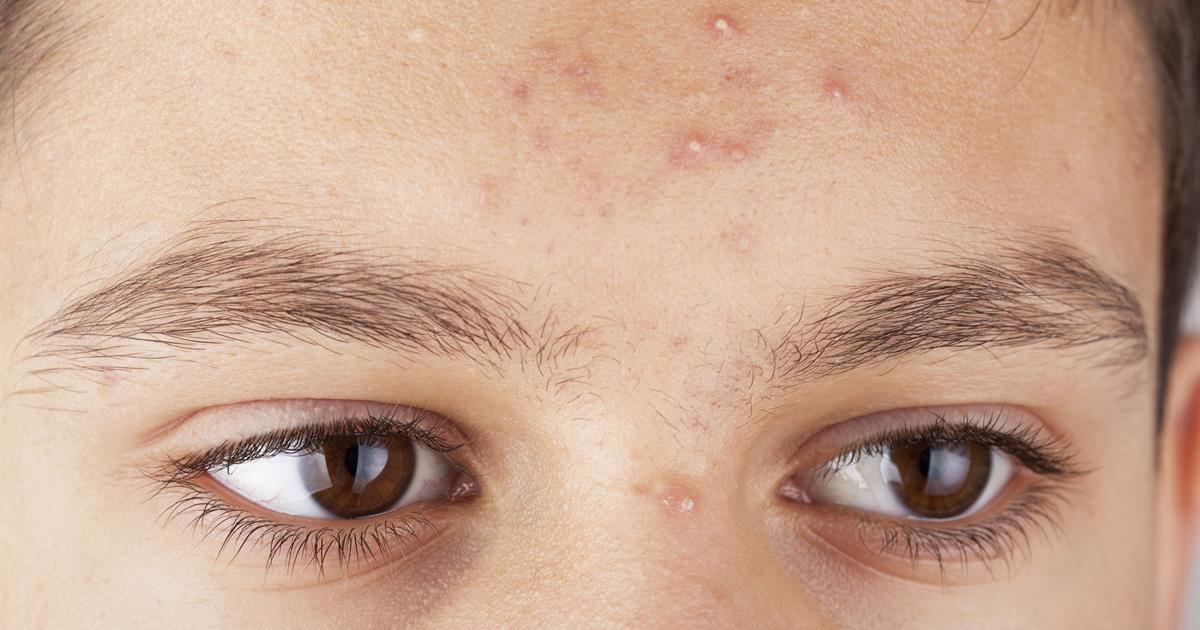
Whiteheads are one of the most common forms of acne. They form when pores become clogged by bacteria, oil, and dead skin cells. Many individuals find whiteheads annoying, and they can lead to anxiety about their appearance. Some lifestyle treatments may help to treat whiteheads, but with that said, acne is not typically correlated to hygiene. Therefore, simply washing one's face more won't often be enough to get rid of it. If an individual has a problematic number of whiteheads, their best option is to talk to a dermatologist about what medical treatment options are available. Pores can be blocked for multiple reasons. When individuals experience hormonal changes, their skin may begin to produce more oil, and excess sebum can cause pores to become clogged. It's common for skin cells to produce excess oil during puberty, before and during a woman's menstrual cycle, and during pregnancy. Some forms of birth control might increase an individual's hormones and lead to acne breakouts, particularly ones that contain progesterone. Genetics is also a factor in the development of whiteheads.
Uncover details on the next type of acne now.
Blackheads
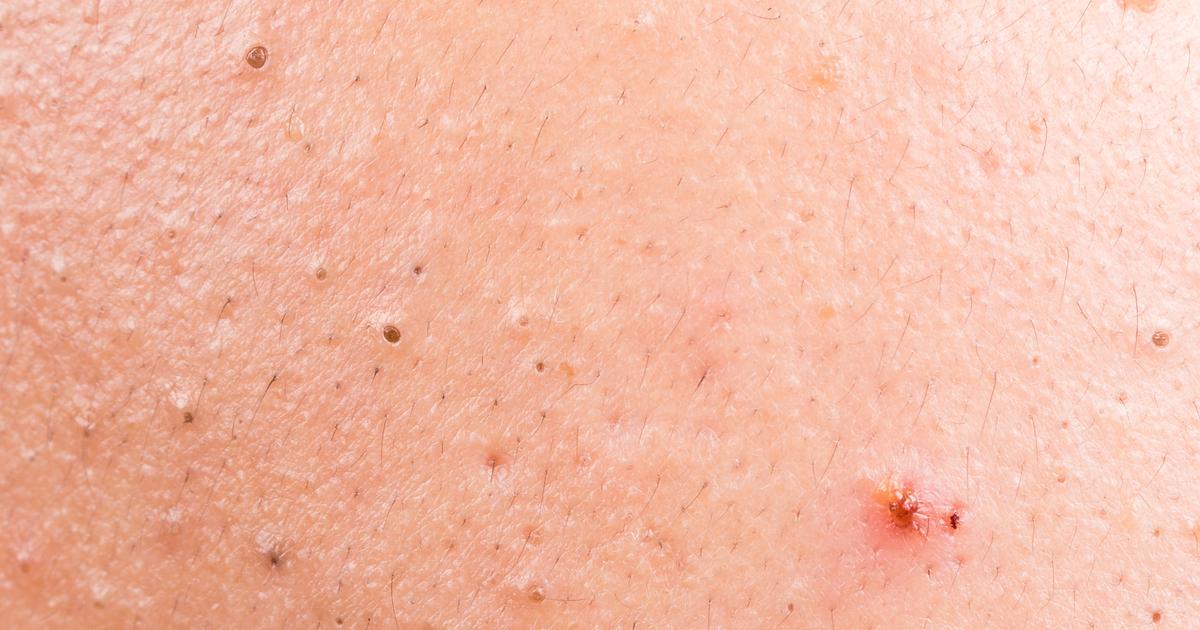
Blackheads are another common type of acne that may occur alongside whiteheads or in isolation. With whiteheads, the cause is a clogged pore with closed skin. The cause of blackheads is a clogged hair follicle with open skin. A blackhead appears as a small bump on the skin. The surface tends to be black or dark. Blackheads are one of the more mild types of acne, and while they most commonly form on the face, it's also possible for individuals to develop blackheads on their shoulders, arms, neck, chest, and back. Every hair follicle in the skin is made up of a sebaceous gland and hair. The sebaceous gland secretes oil, which keeps skin soft. When oils and dead skin cells collect in the hair follicle, a bump called a comedone is formed. This is the same bump that causes whiteheads. The difference with blackheads is the bump is exposed to the air, which causes it to take on a dark or black color.
Read more about the different types of acne now.
Cystic Acne
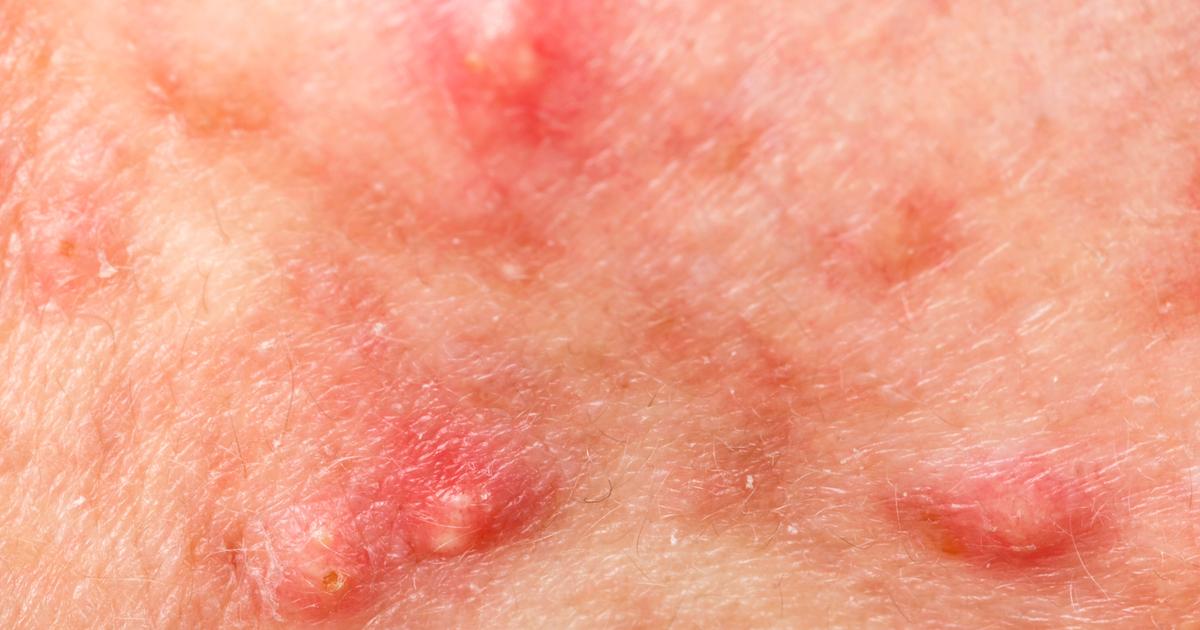
Cystic acne is a rarer and more serious type of acne. Individuals are expected to develop a few pimples as a teenager or during their menstrual cycle (for women), but repeated and painful breakouts aren't normal. With cystic acne, affected individuals might experience clusters of reddened, large, painful breakouts that form deep inside their skin. Cystic acne is a serious skin condition with the potential to lead to permanent scarring and pitting. It can also continue for years. Over-the-counter treatments and basic face washes are rarely effective for cystic acne, prescription treatments are available through a dermatologist. We know pimples form when pores become clogged by oil and dead skin cells. If bacteria become trapped in the pore as well, the entire area becomes swollen and red. When the infection pushes deeply into the skin, the result is cystic acne. Individuals will experience a tender and red bump filled with pus. Should the cyst burst, the infection may spread underneath or over the skin, which can lead to more breakouts. Most individuals with cystic acne develop it in their teens or early twenties.
Continue reading to reveal more information on the different types of acne now.
Acne Nodules
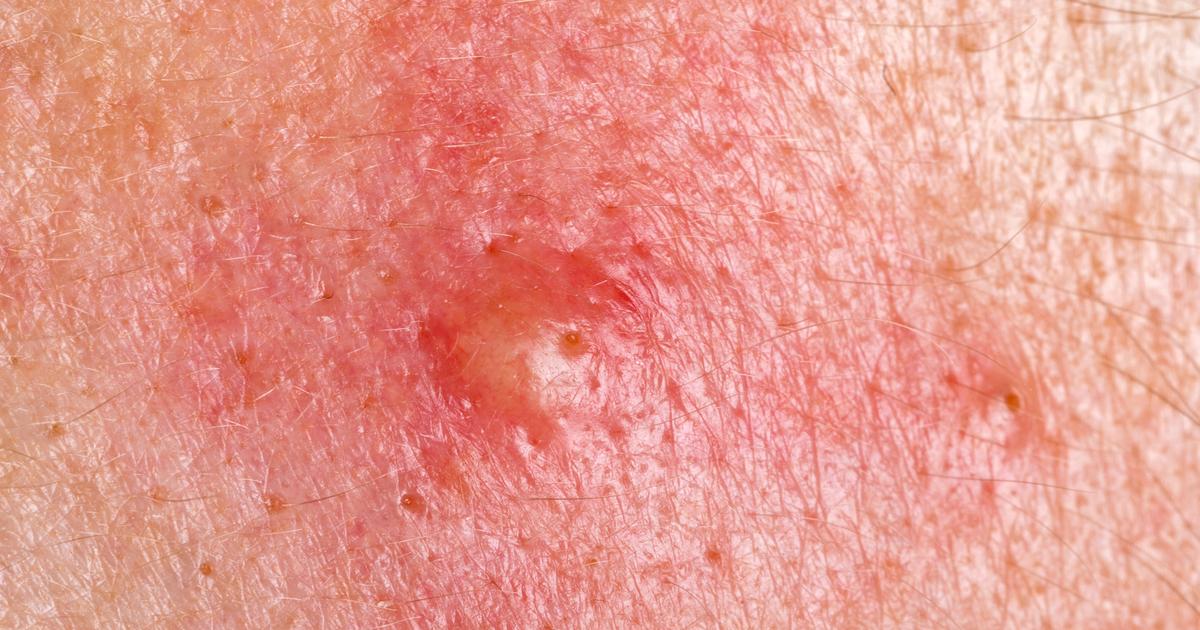
Acne nodules occur with a type of acne called nodular acne, which is one of the more severe forms of acne because, like cystic acne, it leads to problems deep inside your skin. Like all other forms of acne, these breakouts start with a clogged pore. With nodular acne, bacteria become trapped inside the pores alongside dead skin cells and oil, leading to an infection that causes the pores to swell up and redden. Acne nodules aren't treatable through over-the-counter products by themselves, unlike blackheads. Acne nodules typically look like small bumps underneath the skin. At first, they might be skin-colored, but they may redden as the inflammation continues. Unlike less severe pimples, there isn't a 'head.' The acne will also be painful to touch. Nodular acne differs from cystic acne in a few ways. The main one is that nodular acne tends to be hard under the surface of the skin, while cystic acne is softer since it's filled with pus.
Read more about the different forms of acne now.
Pustules

Acne pustules, which are larger than blackheads and whiteheads, contain yellow or white pus. A pustule tends to appear as a white bump that's hard to the touch, or as a red bump with a white center. It may be tender when an individual touches it. The skin surrounding the pustule may be inflamed or red, but this isn't always the case. Like other types of acne, pustules are caused by clogged pores. With a pustule, the walls of the clogged pore begin breaking down, leading to a larger pimple formation. Though folliculitis and acne are the most common causes of pustules, they can also be found in individuals who have certain kinds of eczema or psoriasis. The pus inside forms because the body is attempting to fight the infection caused by the bacteria or dirt inside the pore.
Read about more types of acne and acne conditions now.
Papules
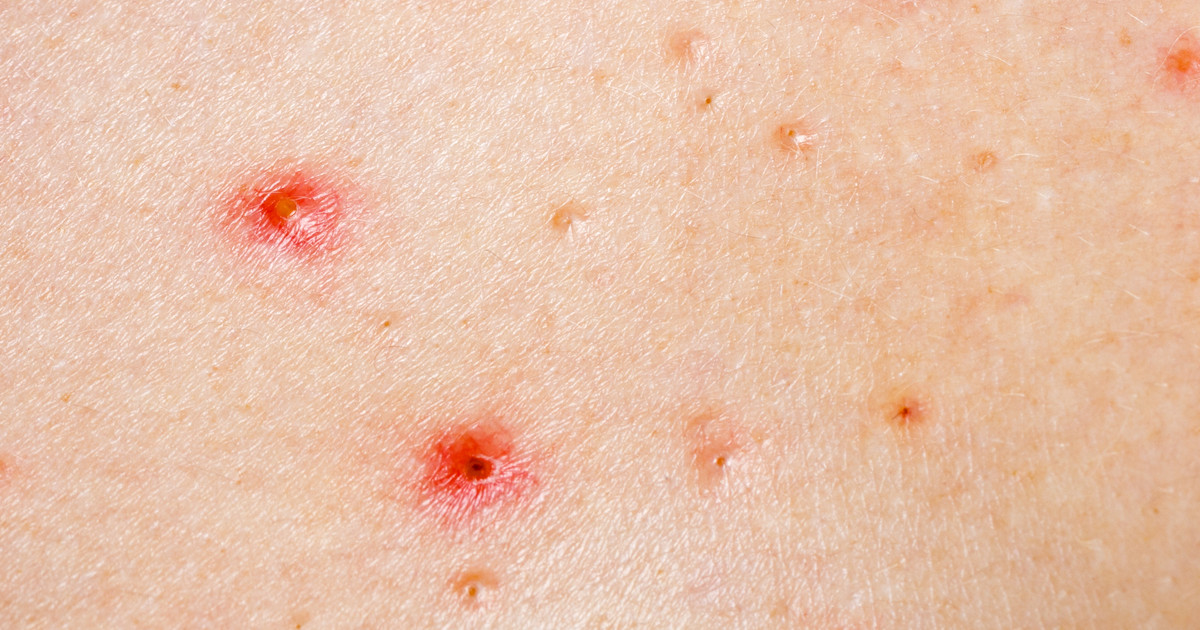
Papules are red bumps that typically measure less than five millimeters in diameter. These lesions lack a yellow or white center, and they do not contain pus. Papules are classified as a type of inflammatory acne. Within a few days of forming, most papules fill with pus, and they are then classified as pustules. Papules are often caused by bacteria, excess oil production, and overly active androgens. Stress, sugary diets, and certain medications could make papules worse. To treat acne papules, patients may want to try over-the-counter products containing salicylic acid or benzoyl peroxide. Dermatologists can prescribe stronger treatments, including retinoids, dapsone, and antibiotics. Patients should avoid scratching or picking papules during treatment. Doing so could spread bacteria deeper into the skin, and this might delay healing.
Get the details on more forms of acne and acne conditions now.
Baby Acne
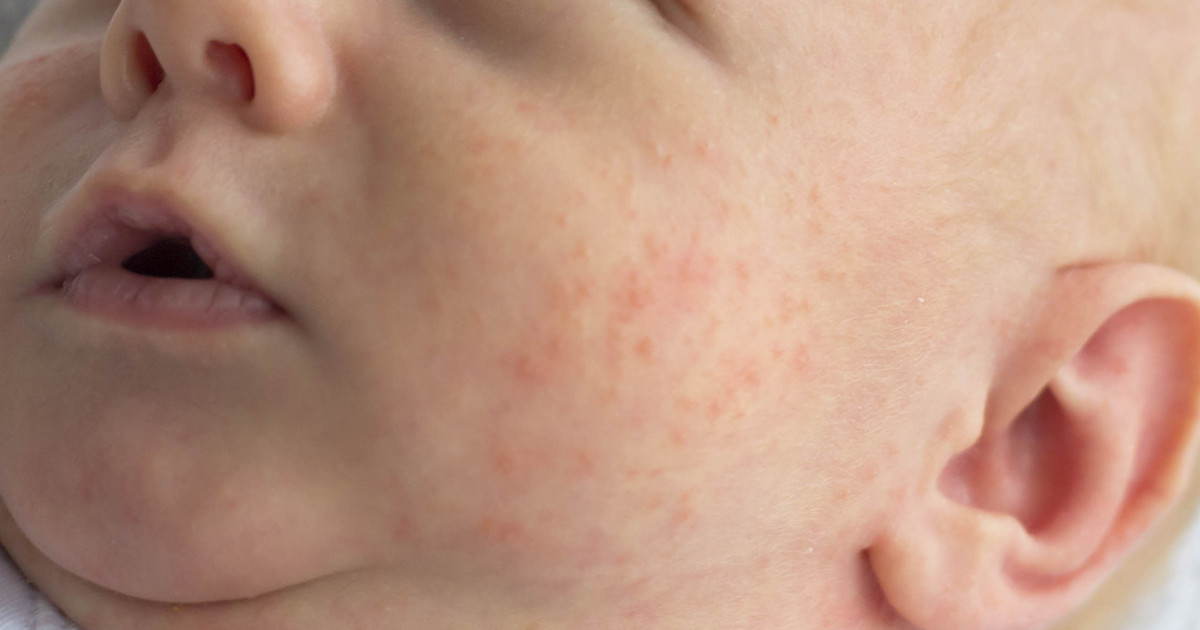
As the name suggests, baby acne is acne that develops on a newborn's skin. Also known as neonatal acne, the condition occurs in roughly twenty percent of newborns. Patients with baby acne will have small bumps on the face and body, and the bumps are usually red or white. Bumps are most common on the cheeks, neck and upper back. Although baby acne may be present at birth, it typically develops in the first two to four weeks after birth. The condition might persist for days or weeks, and some cases of baby acne could last for months. Baby acne could look similar to eczema, milia, or erythema toxicum. Over-the-counter products should never be used to treat baby acne. Instead, parents should keep the newborn's face clean by washing it daily with warm water. The face should be washed with a gentle, circular motion; scrubbing could irritate the skin. While nearly all cases of baby acne resolve on their own without treatment, parents may wish to take their newborn to a pediatrician for an evaluation. For severe or persistent cases of baby acne, the doctor might prescribe a 2.5 percent benzoyl peroxide cream. An antibiotic may be considered to prevent permanent scarring.
Learn more about the different types of acne and acne conditions now.
Acne Mechanica

Acne mechanica is a type of acne produced when the skin is exposed to excessive amounts of heat and friction. It can also form if too much weight is placed on the skin regularly, and it may be aggravated by perspiration. Acne mechanica is particularly common in students, athletes, musicians, and military personnel. Backpack straps, musical instruments, athletic helmets, bra straps, and tight-fitting clothing can place pressure on the skin and trap heat, potentially allowing the formation of acne mechanica. While this type of acne looks very similar to regular acne, it tends to appear only on certain areas of the body, and often goes away with changes in activity or equipment. For example, an athlete who has acne during the sports season could notice their acne completely resolves once the season is finished. A student with acne on the back and shoulders during the academic year may notice it disappears during the summer. Both of these cases would suggest a diagnosis of acne mechanica.
Over-the-counter creams that contain benzoyl peroxide or salicylic acid are often highly effective for the treatment of acne mechanica. It can also help minimize the amount of time spent wearing tight-fitting hats and synthetic fabrics. For athletes and others who must wear uniforms made of synthetic fabrics, wearing a cotton shirt underneath the uniform could be beneficial. If over-the-counter treatments and lifestyle modifications are ineffective after three months, the patient should consider making an appointment with a dermatologist. The doctor can prescribe stronger medicines and offer personalized advice on lifestyle modifications for this condition.
Uncover more details on the various forms of acne and acne conditions now.
Acne Fulminans
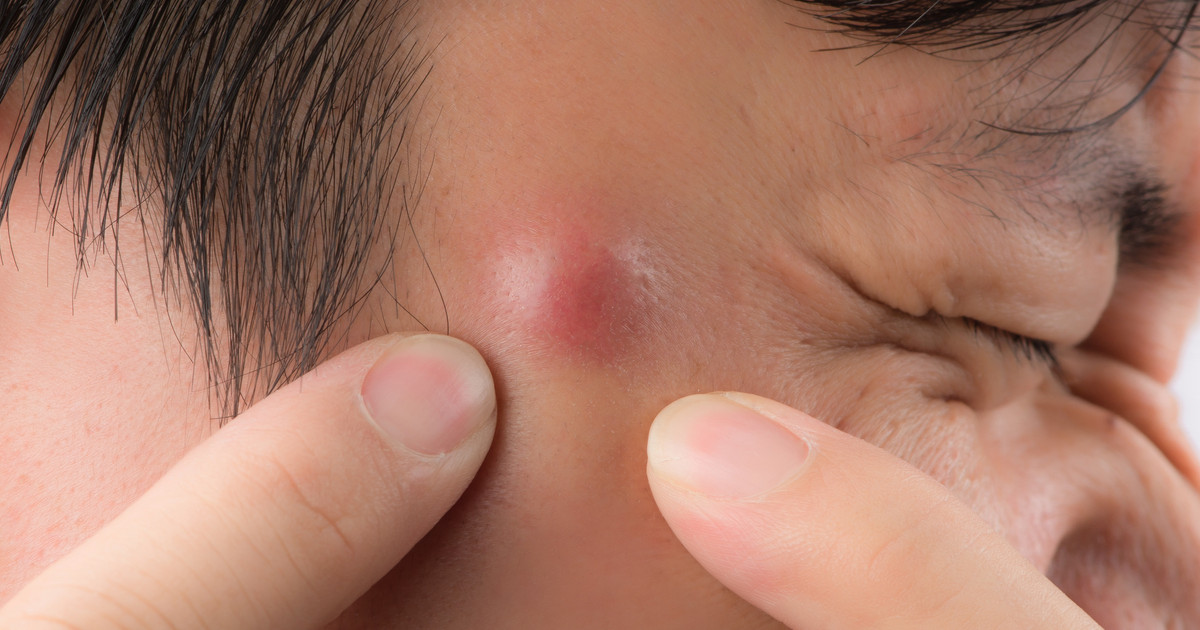
Acne fulminans is a severe form of a type of cystic acne known as acne conglobata. It occurs almost exclusively in adolescent males between thirteen and twenty-two years old. Doctors believe some individuals may have a genetic predisposition that makes them more likely to develop this condition, and acne fulminans has also been associated with autoimmune diseases and with elevated androgen levels. Patients with acne fulminans often have severe acne scarring, and severe acne nodules and cysts are generally present on the chest and back. This condition causes a raised white blood cell count, and patients could have polyarthritis, joint pain, intermittent fever, and malaise as well. To diagnose this type of acne, doctors start by performing a physical examination. Blood and urine tests are required to check for markers of this condition, including anemia, increased sedimentation of red blood cells and protein in the urine. Some patients may be asked to have bone scans. Topical acne medicines are ineffective for acne fulminans. Instead, doctors may prescribe corticosteroids, dapsone, ciclosporin, isotretinoin, or infliximab. Most individuals with this condition need to take a combination of several medications.
Continue reading to learn more about the types of acne and acne conditions now.
Acne Scarring
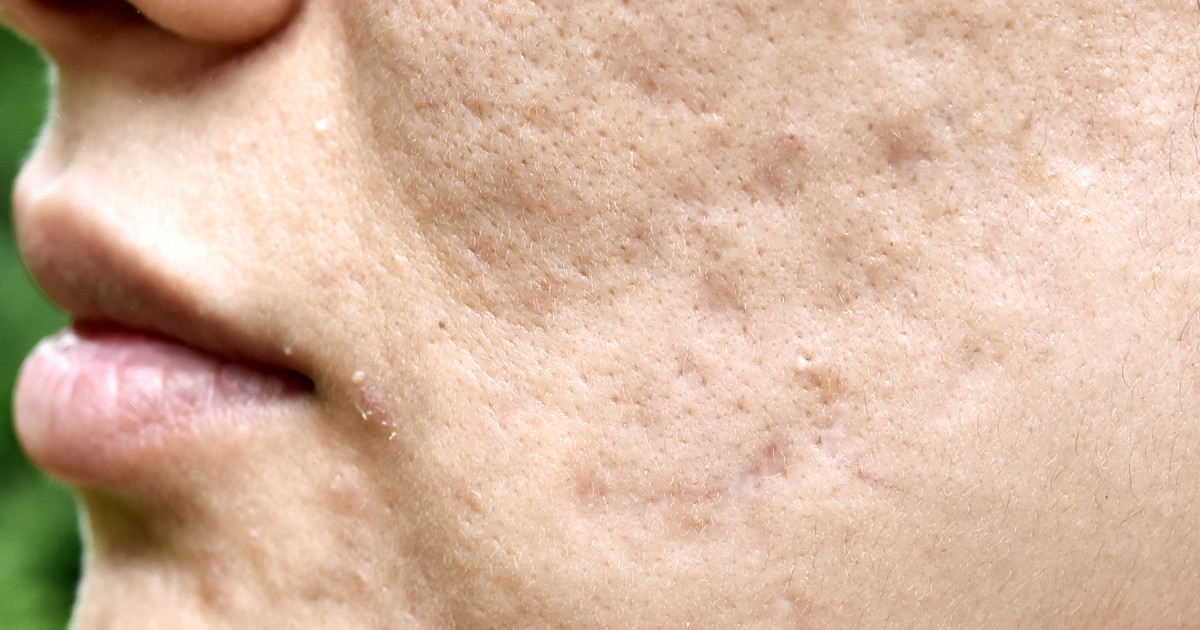
Although acne scarring could occur with any type of acne, it tends to be most severe in cases of nodular acne. This type of acne causes cysts or lumps to form underneath the skin. Acne scars might be deep and narrow, and they could also create a gradual dip or depression in the skin. Scars that cause a skin depression or dip are known as rolling scars. For mild scars, dermatologists often start by recommending at-home treatments, including topical retinoids and salicylic acid treatments. Chemical peels and microdermabrasion can be performed at the dermatologist's office. These treatments could completely remove surface scars, and they might make deeper scars much less noticeable. For severe scarring, doctors can inject fillers into the skin, and laser resurfacing might be considered as well. Punch excision and subcision are minor surgical procedures that might be advised for individuals with significant acne scarring.